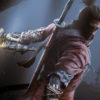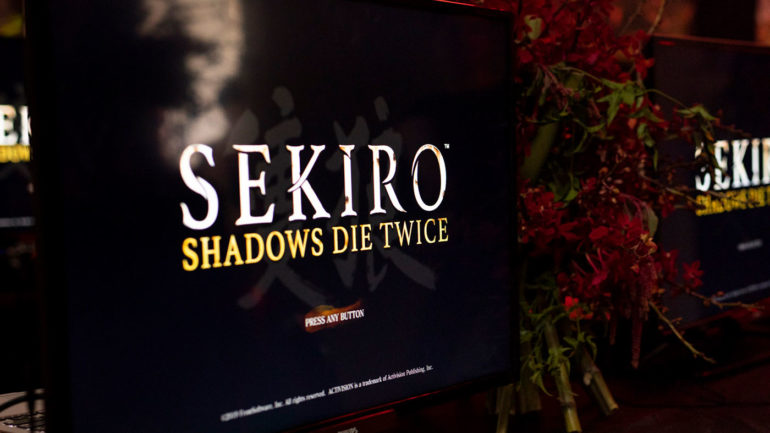Before I start talking about Sekiro: Shadows Die Twice, revered developer FromSoftware’s new game in partnership with Activision, I need to make something clear. I’m not the biggest fan of Dark Souls or Bloodborne. That’s not to say I don’t appreciate them for what they are, hell I’ve given every entry since Demon Souls a red hot go in an attempt to fall in love, but I just never have in quite the way its devout fans do. The biggest thing stopping me from getting into them is, ironically, the very same thing that their fans love; an absolutely imperative need to learn, digest and exploit every single facet and nuance of each game before any real progress is made. That’s bloody great and all, but I’m not about that life.
Back to Sekiro then, which hasn’t lost any of that classic FromSoft flavour, but which had me legitimately excited and ready to invest serious time to ‘git gud’ at, as the kids say. Turns out all it took was a real life crash course in Japanese sword art from some of Australia’s most talented practitioners to get me on board.
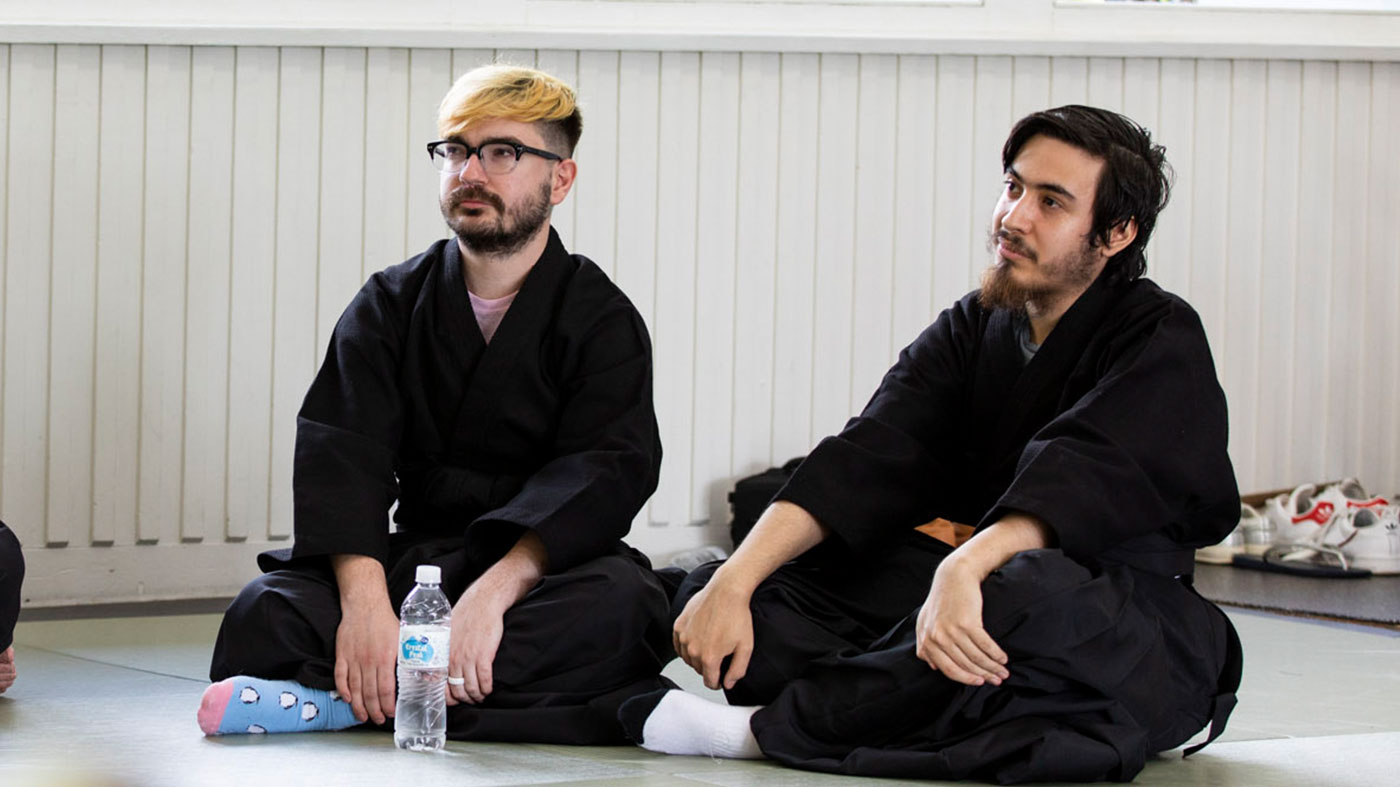
Located at North Sydney Aikido and led by the esteemed Roger Gibson Sensei, myself and a number of other members of the media were treated to a fantastic introduction to the history and practice of traditional Japanese sword arts. After being taken through a brief rundown of the many different schools of kenjutsu both ancient and still-running, and some of the great historical figures of both combat and swordsmithing, Roger-sensei and his peers and students demonstrated some basic forms and combat scenarios. Through it all, one of the biggest takeaways for me was just how methodical, calculated and somehow diplomatic an engagement between two swordsmen could be, more so than the frantic swinging and recklessness that I’m used to seeing in Western representations (or maybe it’s just the way I’m playing things). After being given a (mercifully blunt) weapon to try for myself, I also came to realise just how much practice and precision goes into the smallest acts of wielding a sword like a katana or kodachi, right down to the exacting manner in which one should be drawn. Do I now want to learn the way of the sword for real? Yes. Can I be trusted with a weapon sharp enough to pass the ‘three-body test’? Absolutely not.
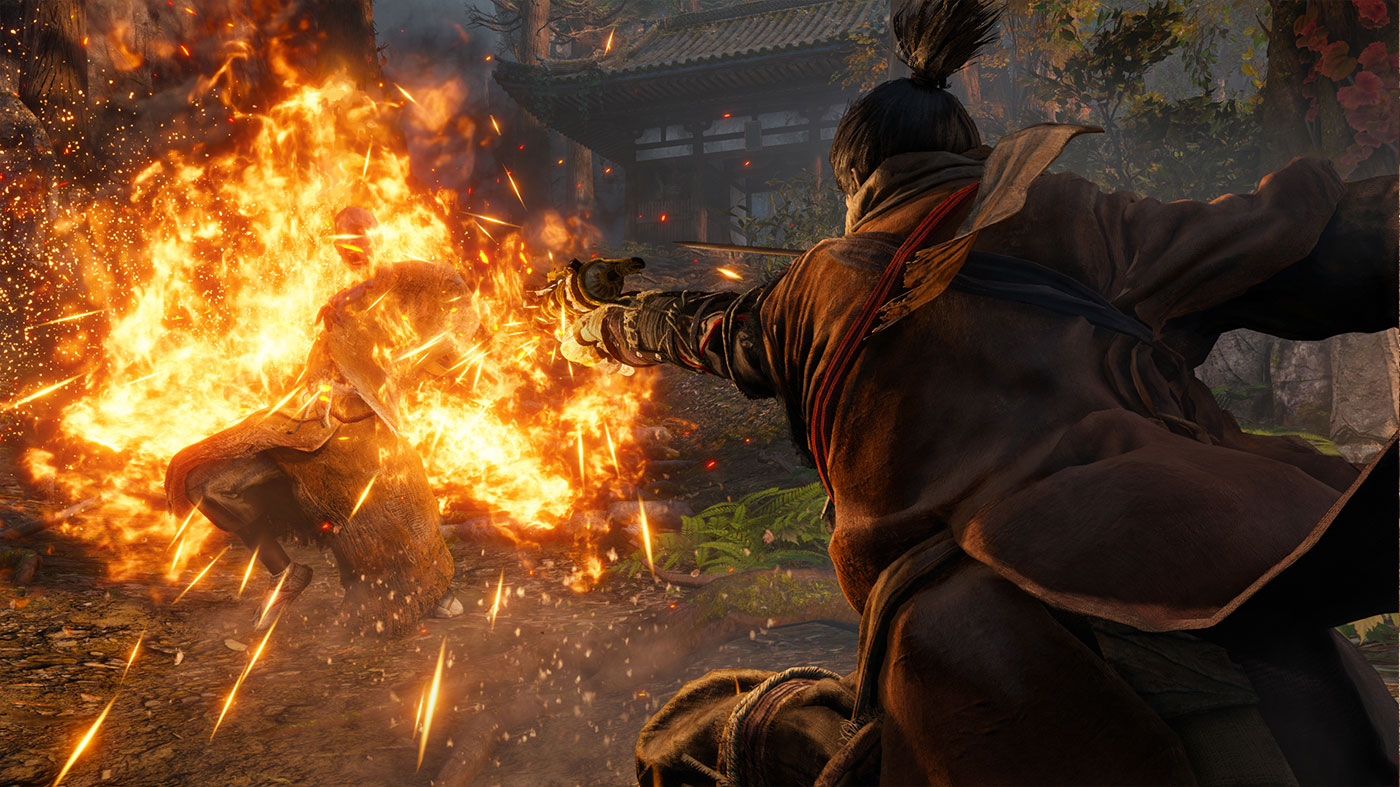
Jumping into Sekiro itself after the training session I was nervous to make known my relative inexperience with From’s games, but hopeful that the knowledge I had gleaned just prior would help me in some way. It did help. A lot. I don’t expect that a healthy reverence for and detailed recreation of the art of the sword in Sekiro was ever in doubt, but I was still taken aback by just how much I could apply my very brief real-world experience to the game. The most immediate comparison, and one of the bigger shake-ups from the ‘SoulsBorne’ games, is the way in which enemies are dispatched. Rather than have a simple health to whittle away at, enemies (and Sekiro himself) now have a ‘posture’ bar — a meter that determines their ability to defend themselves. Hit an enemy enough and their bar will max out, leaving them open to a finishing blow; the only way to take them down for good. This made up a core concept in our earlier class, wherein much of the strategy in a real-life encounter is based on taking control of a situation and creating, whether by use of skill, brute force or manipulation, an opening in which to land a critical strike.
Beyond just taking mechanical inspiration from traditional Japanese swordfighting though, Sekiro also does a fantastic job of emulating all of the subtleties, anachronisms and etiquette that go along with it. Everything from the placement of Sekiro’s thumb when he draws his sword, to the way that one of the main characters hands his sword over in the ‘polite’ fashion, is just as it should be. I imagined the Senseis that I’d just met, with almost a century’s experience between them, playing the game for themselves and critiquing Sekiro’s form like they would one of their students, and I have to say I think he’d pass with flying colours.
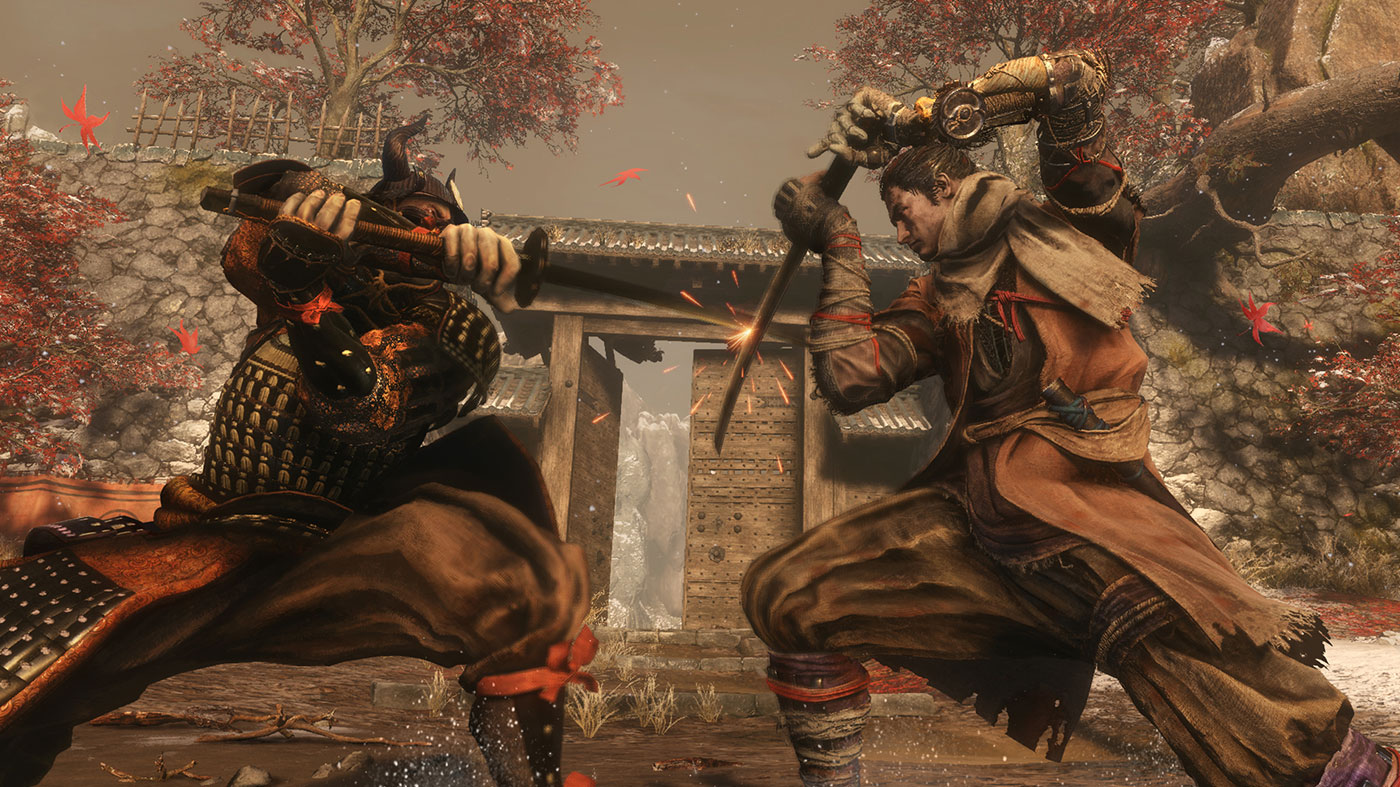
As far as the game itself goes, I got to play roughly an hour’s worth, starting from the game’s opening, which was more than enough to tell me that I need this game right now. While I can’t speak for FromSoft fans specifically, I think it’s safe to say at this point that hardcore fans will get exactly what they need out of Sekiro. What excites me more is just how much I enjoyed it, as someone for who the impenetrable nature of these games has always gotten in the way of what look like fantastic worlds to engage in. I hesitate to use the world accessible for fear of inciting some kind of a riot, but there’s definitely a lower barrier of entry here, not least thanks to the existence of an actual, tutorial-ised intro. There are no doubt countless nuances and metas that exist that I’ll never hope to understand, but for now I can be safe in the knowledge that I won’t need to start referring to a wiki within the first fifteen minutes of the game. There is also, of course, a genuine main character now, which gives the storytelling in Sekiro a very different feel to other recent FromSoftware titles. I only witnessed brief, early moments of the story in my playthrough but it looks like the perfect mash-up of a classic shinobi revenge tale against the backdrop of a very otherworldly-feeling take on Sengoku-period Japan.
The main takeaway I have from my short time with Sekiro: Shadows Die Twice is that I want to get good at this game. Through a combination of a refreshing new setting, a unique approach to combat, their ever-stellar attention to detail and a newfound approachability, I’m very confident that this could go down as FromSoftware’s crowning achievement to date.

